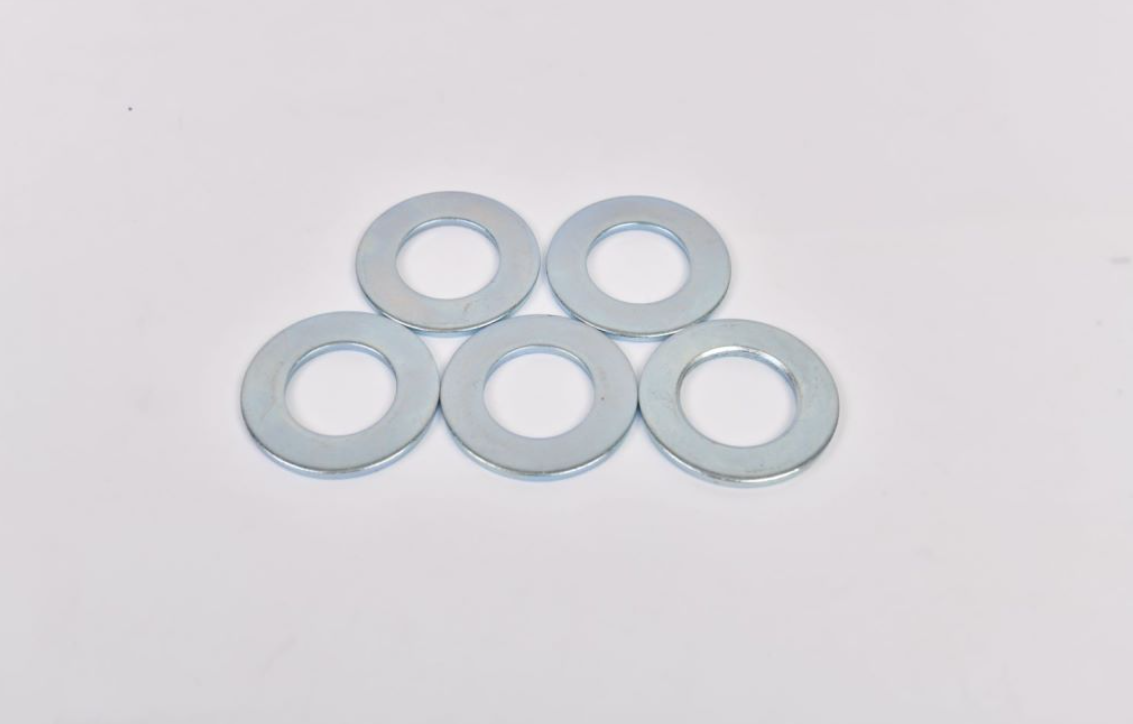Screw Plugs for Drywall - Reliable Fastening Solutions for Your Projects
Screw Plugs for Drywall Service A Comprehensive Guide
Drywall is an essential component in modern construction, offering a smooth surface for walls and ceilings. However, it is not without its challenges. One common issue that arises during installation or repair is the need for effective fastening. This is where screw plugs come into play. Screw plugs, also known as drywall anchors or toggles, are crucial for ensuring that fixtures and fittings remain securely attached to drywall.
What Are Screw Plugs?
Screw plugs are devices that allow screws to be anchored firmly into drywall, which is notoriously weak when it comes to supporting weight. Unlike other materials such as wood or metal, drywall alone cannot hold screws tightly, especially if the screws are subjected to pulling or shearing forces. This is where screw plugs prove invaluable. They distribute the weight of the fastener over a larger surface area, which increases the holding power and prevents the screws from pulling out.
Types of Screw Plugs
There are several types of screw plugs designed for various applications and weight capacities
1. Plastic Expansion Anchors These are the most common type and are suitable for light to medium loads. They expand when the screw is inserted, creating a secure hold within the drywall.
2. Metal Toggle Bolts These are ideal for heavy loads. They have a wing design that opens up inside the wall, distributing weight across a larger area and providing exceptional strength.
3. Self-Drilling Anchors These anchors are designed for quick installation. The pointed end allows them to be screwed directly into the drywall without pre-drilling, making them convenient for minor repairs and installation of lightweight fixtures.
screw plugs for drywall service

4. Molly Bolts These are heavy-duty anchors that expand behind the drywall once the screw is tightened. They are designed for securing heavy items such as shelves and televisions.
Installation Process
Installing screw plugs is a straightforward process, but it requires attention to detail to ensure a secure fit
1. Choose the Right Type Depending on the weight of the object you wish to hang, select the appropriate type of screw plug.
2. Drill the Hole If using a plastic or metal expansion anchor, use a drill to create a hole in the drywall that's the same size as the anchor.
3. Insert the Anchor Push the screw plug into the hole until it is flush with the drywall surface. For toggle bolts, you'll need to fold the wings before inserting them.
4. Insert the Screw Finally, screw in the corresponding screw into the anchor. Ensure that it is tightly secured, but be careful not to overtighten, as this can damage the drywall.
Conclusion
Screw plugs are an indispensable tool for achieving a professional finish when working with drywall. They offer the reliability needed to securely mount fixtures, shelves, and other items, making them a vital component in any drywall installation or repair project. By understanding the different types of screw plugs and following the proper installation techniques, anyone can ensure that their drywall service projects not only look great but also stand the test of time. Whether you are a seasoned contractor or a DIY enthusiast, incorporating screw plugs into your workflow will undoubtedly enhance the durability and safety of your installations.
-
Top Choices for Plasterboard FixingNewsDec.26,2024
-
The Versatility of Specialty WashersNewsDec.26,2024
-
Secure Your ProjectsNewsDec.26,2024
-
Essential Screws for Chipboard Flooring ProjectsNewsDec.26,2024
-
Choosing the Right Drywall ScrewsNewsDec.26,2024
-
Black Phosphate Screws for Superior PerformanceNewsDec.26,2024
-
The Versatile Choice of Nylon Flat Washers for Your NeedsNewsDec.18,2024










